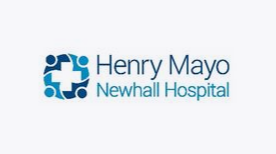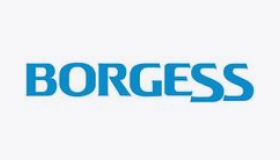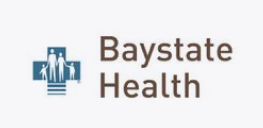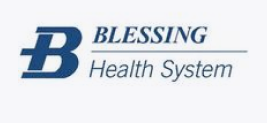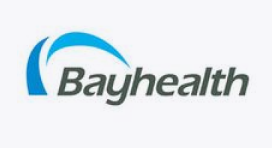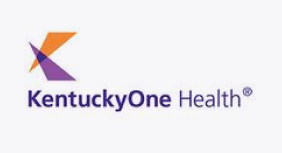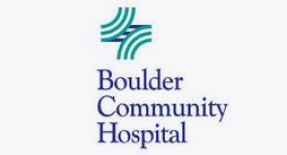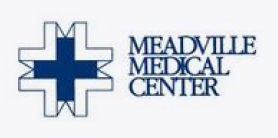May 5, 2022
Part 3: How to Lower Hospital Employee Benefit Costs with an Outpatient Pharmacy

The third part of our series: Hospitals who leverage their outpatient pharmacies for employee medications can easily reduce pharmacy benefit costs by 10-20%.
Part 1: Eliminating the PBM Spread
Part 2: Using GPO and Own-Use Laws for Bigger Savings
One of the greatest benefits that from insourcing parts of a hospital pharmacy benefit plan is the increased buying power it gives the hospital with its drug wholesalers.
Increased Buying Power
If the hospital directs all purchases through the pharmacy department, it is boosts the hospital’s purchasing power and ability to negotiate with wholesalers. As an example, a hospital with 1,500 employees will have roughly have around $1.5 million in pharmacy benefit costs. If the hospital pharmacy were to dispense around two-thirds of all of its employee’s medications, it would increase the hospital’s purchasing power by a million dollars (2/3 x $1.5 million).
Targeted Formulary Design
Pharmacy benefit plans will typically have a tiered pricing structure to encourage members to choose one drug over another, and thereby drive volume for the preferred formulary. A hospital’s P&T team is already very focused on formulary design for inpatients, so aligning the employee benefit plan’s formulary with what is already in place for inpatients will mean volume increases for already preferred formularies and even greater rebates.
Wholesaler Negotiation
The common points of negotiation with a wholesaler when it comes to drug purchases include:
- Increased discounts for brand drugs with higher volume
- A reduction in the generic drug purchasing requirement through the wholesaler (this allows the hospital to shop around for much cheaper generic options outside of their preferred wholesaler)
- An increase in the size of funds that can be kept on account with the wholesaler
- Longer payable terms
- Increased rebates
Specialty Drugs
There are many specialty drugs that are beginning to see increased competition in their therapeutic category. Consequently, an increasing number of specialty drug manufacturers are fighting for market share and offering rebates and other forms of discounts to drive volume. Understanding the rebate environment of different classes of specialty drugs can save the benefit plans thousands of dollars per member.



